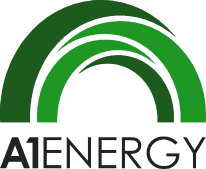Solar energy, a clean, sustainable, and renewable energy source is growing in popularity worldwide, and offers itself as an important alternative to environmentally harmful fossil fuels. The US market has just been given a seal of approval –government backed. The ITC (Investment Tax Credit) was scheduled to drop to 10% at the end of 2016 for larger commercial and industrial projects BUT the government stepped in. It will remain at 30% through 2019, drop to 26% for 2020, 22% for 2021 and 10% for 2022 and beyond.
Several experts noted that one of the benefits of the ITC extension is that it will provide a bridge for renewable energy expansion between now and the first set of state compliance deadlines for U.S. EPA's Clean Power Plan in 2022. The CPP will require a 32 percent cut in utility-sector carbon emissions from 2005 levels by 2030, with some states seeing reduction requirements as high as 45 to 47 percent.
In addition to the ITC extension – solar panel costs have declined nearly 50% since 2009.
Market projections from SEIA and partner GTM Research indicate the U.S. solar market will add roughly 72 gigawatts of new capacity between 2016 and 2020, pushing the country's net solar capacity to more than 100 GW, or roughly 3.5 percent of all electricity produced in the United States.
Solar sector investment is expected to rise by $40 billion between 2016 and 2020, according to SEIA, and after 2020 should draw an average of $30 billion a year. Solar employment is also poised to nearly double over the same period, to roughly 420,000 jobs.
If you looked at solar with-in the last 5-7 years and decided it was not a good financial decision it is now definitely worth taking a second look!
